The Legend of Zelda: Echoes of Wisdom sits comfortably among the more unique and novel entries in the Zelda franchise. While it certainly revolutionizes certain elements of the Zelda formula, Echoes of Wisdom is particularly interesting because of how it remixes and iterates upon already-existing mechanics and features, such as the cooking of BOTW and TOTK, or the cartoonish, chibi-influenced art design of the Link’s Awakening remake.
It speaks to a broader design trend in modern Zelda, that being the series’ willingness to embrace change while still being tethered to fundamentals that have existed for decades. For instance, the first Legend of Zelda‘s open-ended exploration with minimal handholding, though obviously rudimentary compared to games of today, seems like a clear precursor to the “open-air” world design of Breath of the Wild. A slightly more unexpected parallel between new and old Zelda can be seen in Echoes of Wisdom, whose side-scrolling sections feel oddly similar to The Adventure of Link, the veritable black sheep of the series’ early days.

Related
What The Legend of Zelda Movie Could Learn From Echoes of Wisdom
The upcoming Legend of Zelda movie could learn from Echoes of Wisdom’s effective blend of nostalgia and innovation.
Zelda: Echoes of Wisdom Suggests Strong 2D Action Could Be in the Series’ Future
Buried amidst the many classic Zelda mechanics that Echoes of Wisdom revamps are several side-scrolling sections, often integrated into dungeons or serving as smaller excursions in the overworld. During these shifted-perspective dalliances, the core gameplay is virtually unaltered, the only real change boiling down to the removal of an axis of movement, making the transition smooth and familiar without losing its sense of variety and surprise.
Oftentimes, these snippets of 2D side-scrolling can be among the most enjoyable parts of Echoes of Wisdom, recontextualizing its essential combat and puzzle-solving mechanics, literally granting a different perspective and opening the door to different routes of experimentation. This success makes one wonder why there aren’t more side-scrolling Zelda games. Generally speaking, the franchise will either adhere to a top-down perspective, like that of Echoes of Wisdom, or a more traditional (at least in the AAA space) 3D, third-person format. But countless hit platformers, Metroidvanias, and adventure games, including many from Nintendo itself, prove that the side-scrolling perspective doesn’t have to be a limitation. Indeed, it can often lead to powerful gameplay, narrative, and artistic opportunities.
An Adventure of Link Reboot Could Be the Perfect Venue for a Side-Scrolling Zelda Adventure
Zelda 2: The Adventure of Link is usually considered one of the worst games in the series. While some fans appreciate its bold departures from its best-selling predecessor, there’s also a sense that it may have thrown the baby out with the bathwater, implementing changes at the expense of core design elements that made the first Zelda game work so well. The great creative and commercial success of the original Zelda in comparison to Link’s Awakening is reflected by the series’ modus operandi in the subsequent decades; Zelda has shied away from 2D side-scrolling in favor of more open-ended world design, only dabbling in the concept for the sake of short-lived experimentation and gameplay variety.
But it doesn’t have to be this way. The Zelda series has shown consistent improvement over the years, and the side-scrolling aspects of Echoes of Wisdom are evidence of that: Zelda’s Echo abilities can take on entirely new functionality and utility in these sections, as do her more watered-down platforming capabilities. Maybe a remake of The Adventure of Link could borrow some of these broad-strokes philosophies, learning from Echoes of Wisdom and leveraging its unique presentation for effective combat and puzzle-solving systems. Such a creative decision could serve as a great way to redeem Zelda 2, taking its good elements, such as its RPG features, and nestling them within a more mechanically engaging framework.
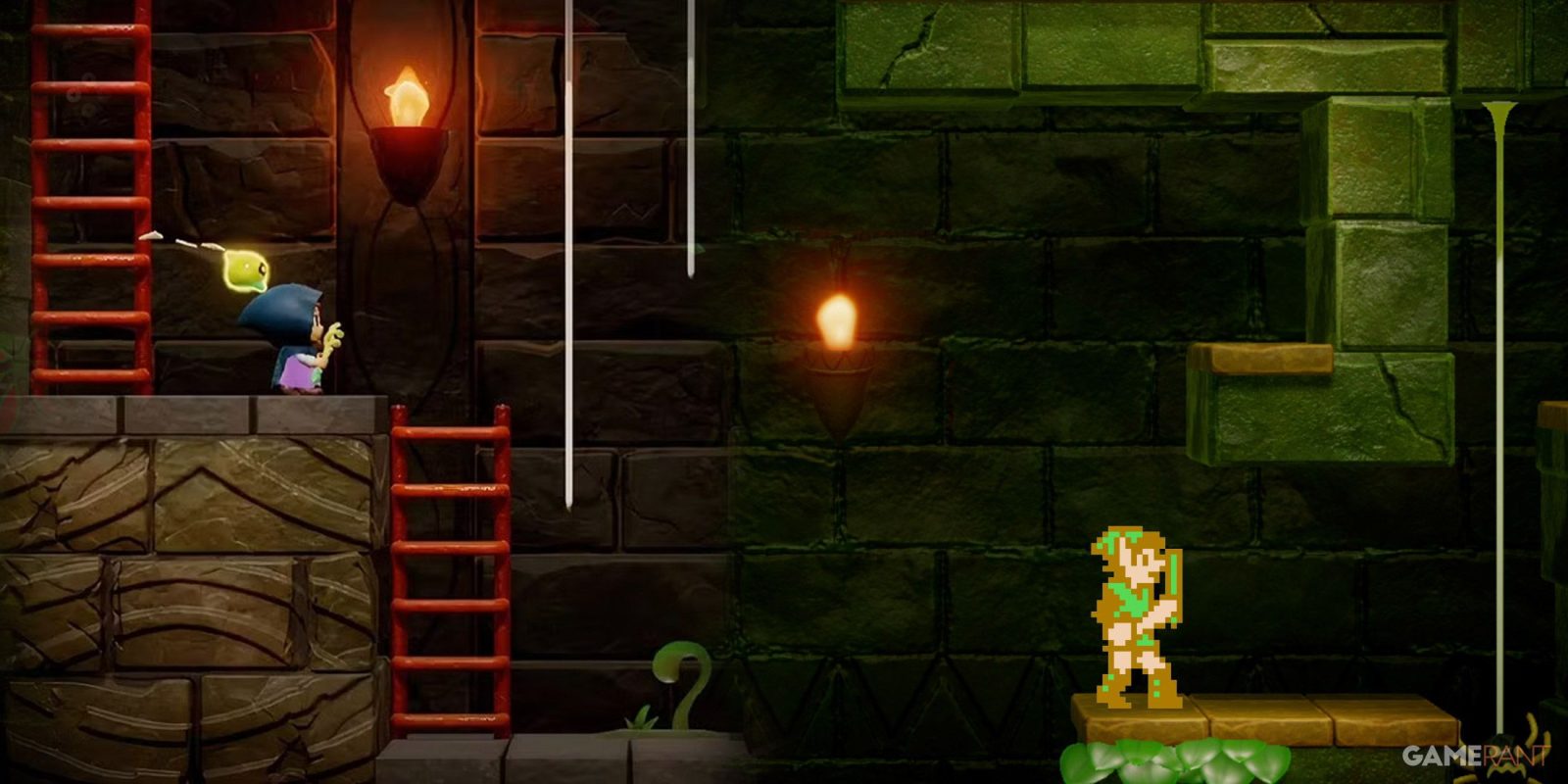
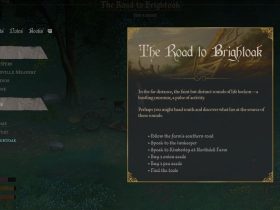
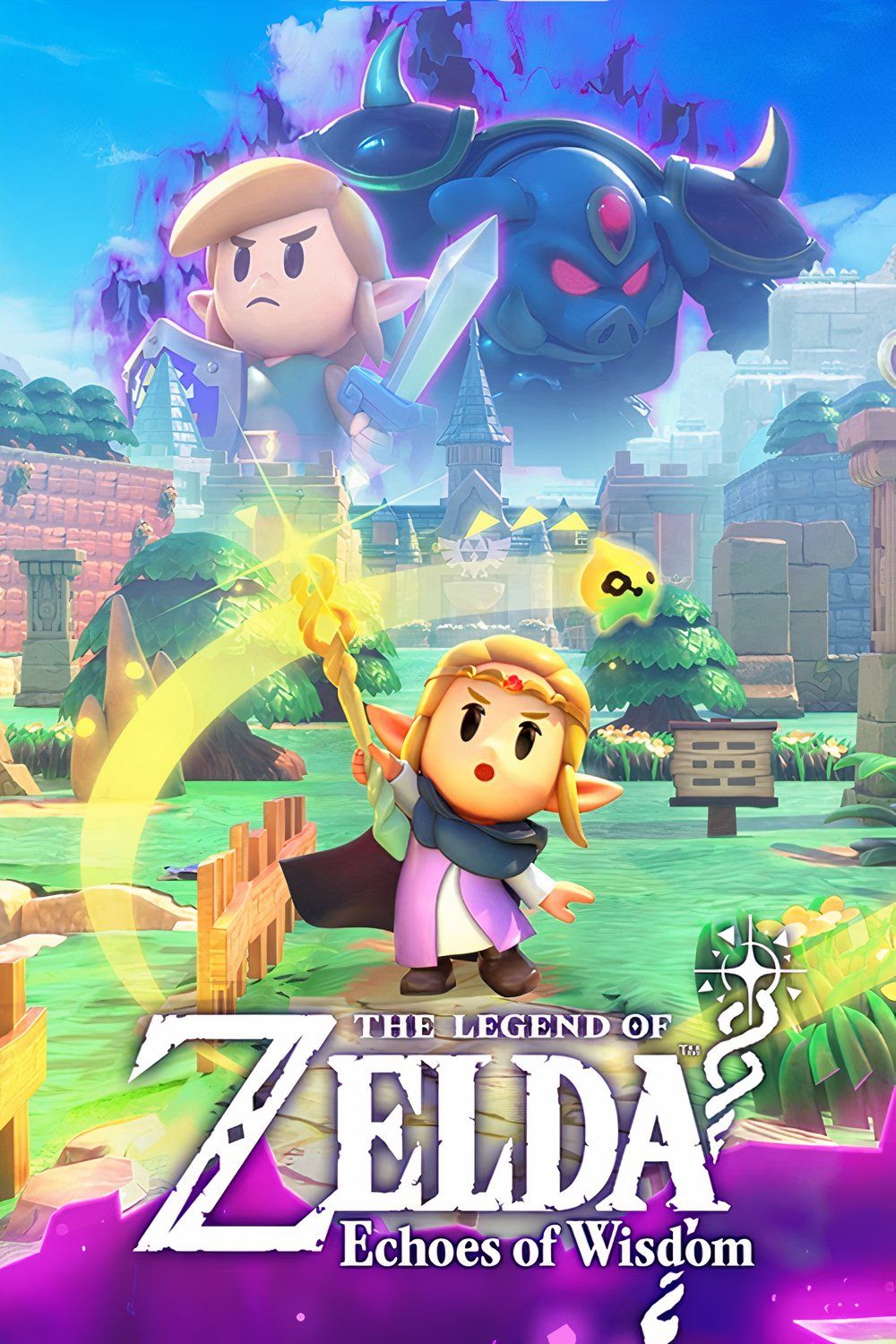

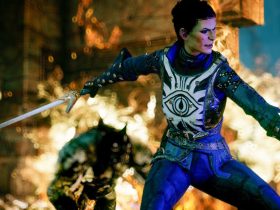
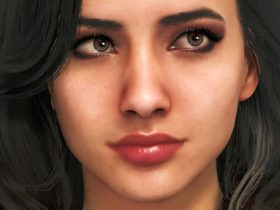
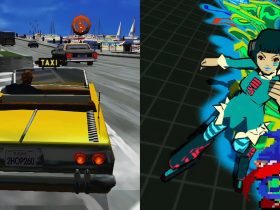
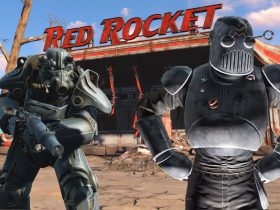
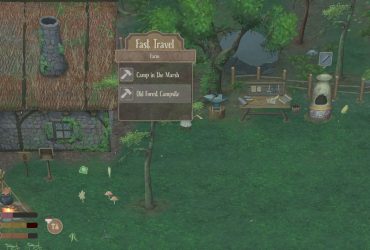
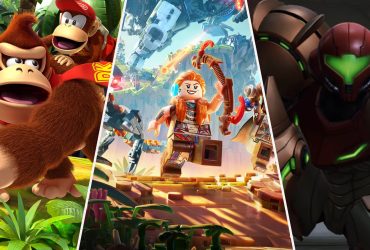
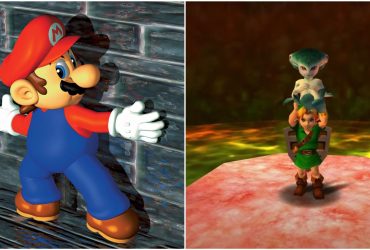
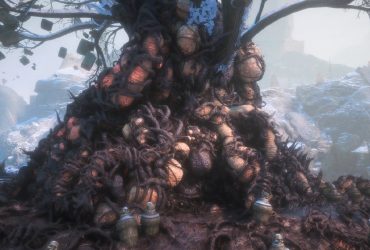

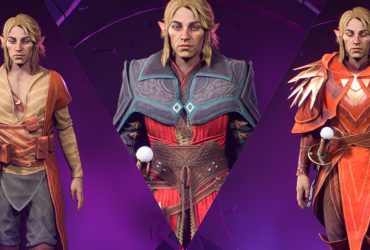
Leave a Reply